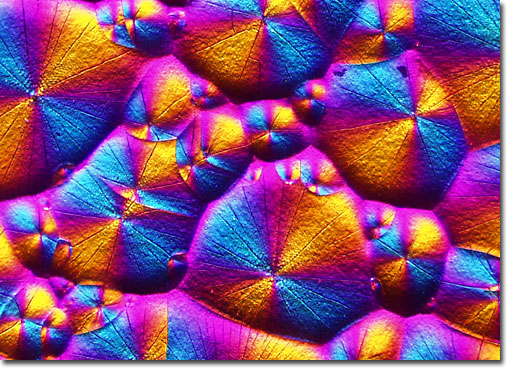Heliotropin

View a second image of heliotropin.
|
Also known as piperonal or the oil of sassafras, heliotropin is an extract of sassafras that has been used for decades in the manufacture of perfumes and soaps. Heliotropin is a derivative of safrole, a naturally-occurring aromatic biochemical obtained from botanical sources such as Cinamomum petrophilum and Sassafras albidum. Although safroles are known to display antibacterial and antiviral activity, their use in foods has been banned because they are carcinogenic and hepatoxic (toxic to the liver). As such, safrole derivatives are not considered nutritional phytochemicals, but some of them are being exalted for their aromatherapeutic properties. Research at Memorial Sloan-Kettering Cancer Center found a 63 percent decrease in patient anxiety during magnetic resonance imaging scans when the air was scented with the vanilla-like aroma of heliotropin. Purified heliotropin crystals have been sold in stores alongside aromatic oils, but the distribution of this compound is becoming increasingly controlled because it is frequently being used to manufacture designer drugs, such as Ecstasy and methylenedioxyamphetamine (MDA). |
© 1995-2025 by Michael W. Davidson and The Florida State University. All Rights Reserved. No images, graphics, software, scripts, or applets may be reproduced or used in any manner without permission from the copyright holders. Use of this website means you agree to all of the Legal Terms and Conditions set forth by the owners.
This website is maintained by our
|